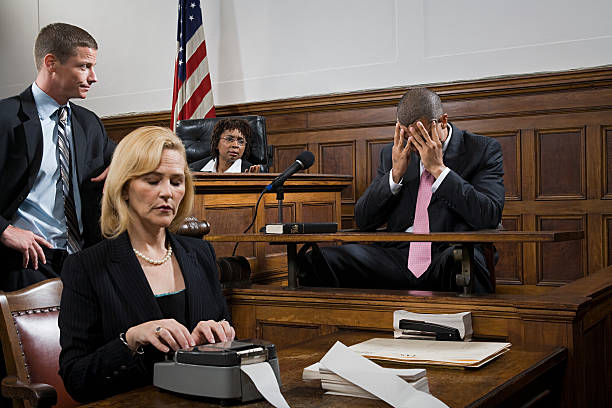Being a lawyer is often associated with long hours of painstaking research, preparation, and presentation of cases in the courtroom. The ability to think on one's feet and respond quickly to arguments is crucial in the legal profession. This is where speedwriting comes into play, allowing lawyers to capture important information and organize their thoughts in real-time.
Speedwriting, also known as shorthand writing, is a skill that enables individuals to write rapidly by using abbreviations, symbols, and special characters. In a courtroom setting, where time is of the essence, mastering this technique can be invaluable. It allows attorneys to record essential details, quotes, and arguments accurately and efficiently, ensuring that no crucial information is overlooked or forgotten.

One of the key benefits of speedwriting is that it helps lawyers capture spoken words at a much faster pace than traditional longhand writing. While longhand writing relies on spelling out every word, speedwriting focuses on capturing the essence of the message conveyed. This enables attorneys to keep up with the fast-paced nature of court proceedings and ensure they don't miss any critical details.
Speedwriting requires considerable practice and familiarity with various shorthand techniques. Some popular shorthand methods used by lawyers include Pitman shorthand, Gregg shorthand, and Teeline shorthand. These methods involve a unique system of abbreviations, symbols, and rules that allow for faster writing without compromising clarity or accuracy.
In addition to capturing spoken words, speedwriting is also beneficial for note-taking during cross-examinations. Lawyers often engage in vigorous questioning of witnesses, which requires them to listen carefully and jot down key points in real-time. With speedwriting, attorneys can efficiently record significant statements and responses, ensuring that they have all the necessary evidence for their case.
Speedwriting is not only useful in the courtroom but also during legal research and preparation. Lawyers spend a significant amount of time analyzing cases, statutes, and legal opinions. Speedwriting allows them to quickly summarize and organize their findings, making it easier to refer back to them later.
In conclusion, speedwriting is a valuable skill that every lawyer should consider developing. Its ability to capture information quickly, organize thoughts, and enhance overall efficiency is critical in a courtroom setting. By mastering the art of speedwriting, attorneys can unlock the potential to excel in their profession and increase their effectiveness in advocating for their clients.
+ There are no comments
Add yours